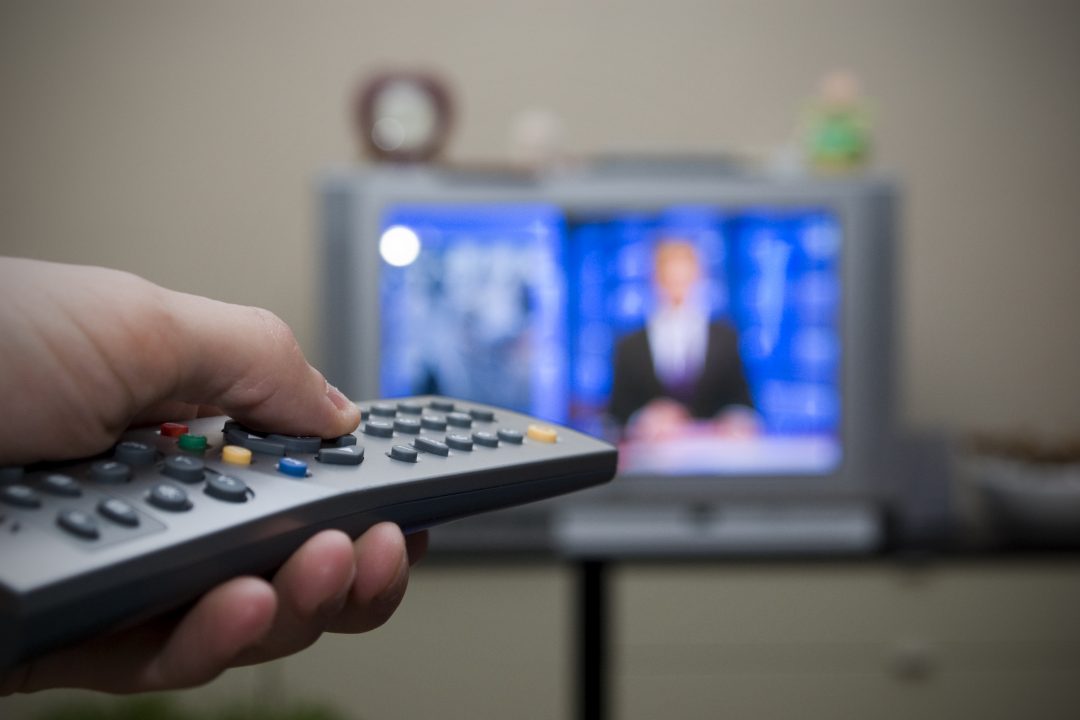
Vision Australia has lodged complaints in the Australian Human Rights Commission against Channels Seven, Nine, Ten, SBS and Foxtel, calling for an audio description service that will make television more accessible to people who are blind or have low vision.
The Public Interest Advocacy Centre (PIAC) represents Vision Australia in the complaints.
Audio description is a second audio track that can be turned on and off. It describes the important visual elements of a television program such as actions, scene changes, gestures and facial expressions that a person who is blind or has low vision can’t see.
The complaints state that by failing to make their television broadcasting service accessible for people who are blind or have low vision, these broadcasters have engaged in indirect discrimination.
Vision Australia is asking for a minimum of 14 hours of audio described content per week on each channel named in the complaint.
Blind Citizens Australia has already lodged complaints on behalf if 31 people who are blind or vision impaired against the ABC. These are currently before the Australian Human Rights Commission.
‘Australia lags behind the rest of the world in providing audio description. Countries such as the UK, the US, Ireland, Germany, Spain and New Zealand already provide audio description on free view or subscription television,’ said Edward Santow, PIAC’s CEO.
‘For comparison, the UK’s Channel 4 offers audio description on 20% of their programs – which works out at more than 33 hours per week.’
‘In the same way as captioning has facilitated media access for people who are deaf, audio description has the potential to significantly improve access to Australia’s cultural life for the 350,000 Australians who are blind or have low vision.’
‘The technology and accessible content exists, and it has already been successfully trialled on the ABC in 2012, so we are calling on the other Australian broadcasters to take this important, permanent step towards equality now,’ said Mr Santow.
Vision Australia’s General Manager of Advocacy and Engagement, Maryanne Diamond, said a recent survey by the organisation suggests Australian Story, The Big Bang Theory and Home and Away are among the most popular TV shows for viewers who are blind or have low vision.
‘Spending an evening in front of the box is a favourite way for people who are blind or have low vision to relax and spend time with their family.’
‘They enjoy the same programs as fully sighted Australians, so why should they be prevented from fully experiencing them like everyone else?’
‘It’s ridiculous that blind or low vision people can watch Home and Away with audio description in the UK but not in Australia.’
‘Permanent, real-time, audio description on Australian television, similar to what is available now in many other countries, is the only way to remove current discriminatory barriers for Australians who are blind or have low vision,’ said Ms Diamond.
You can see examples of audio description here: